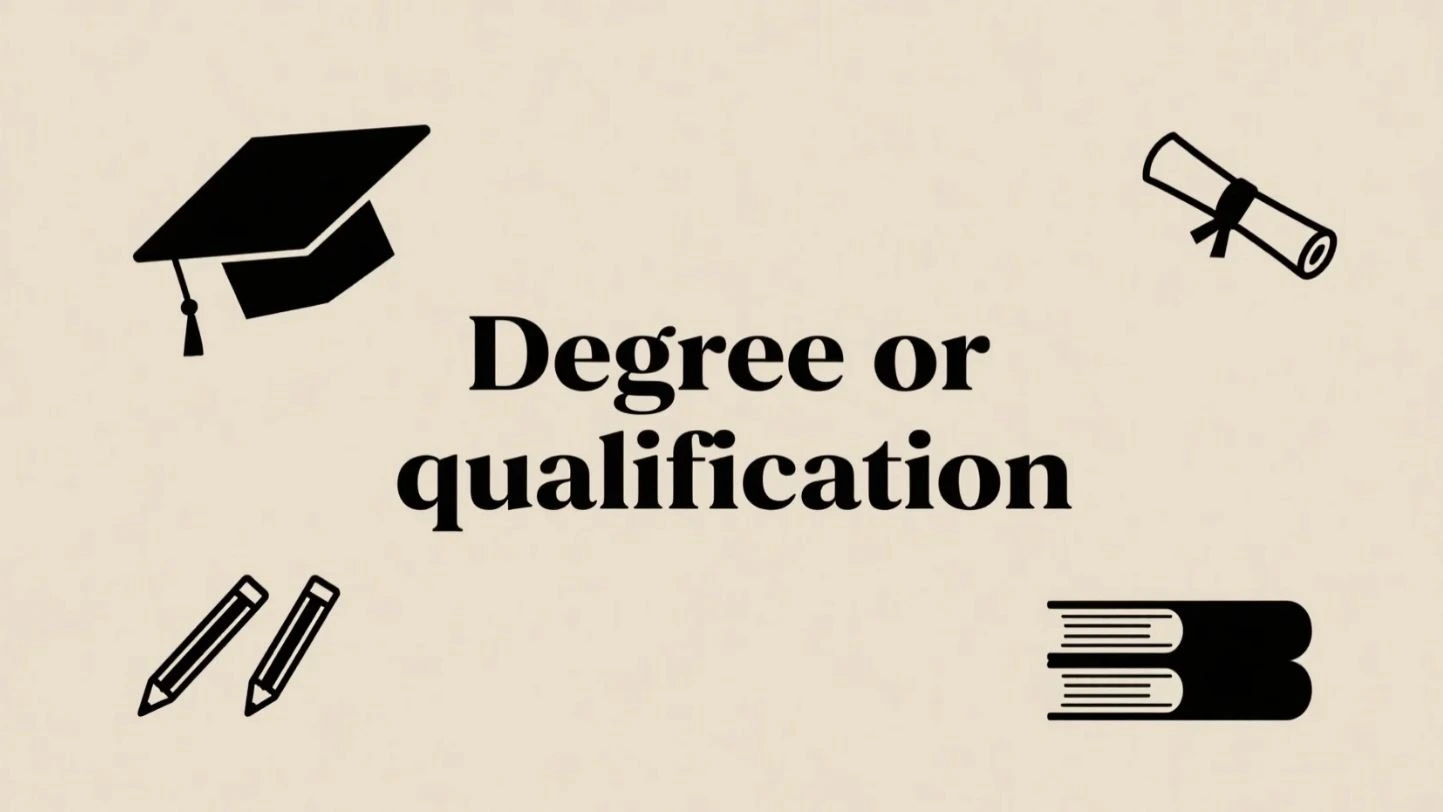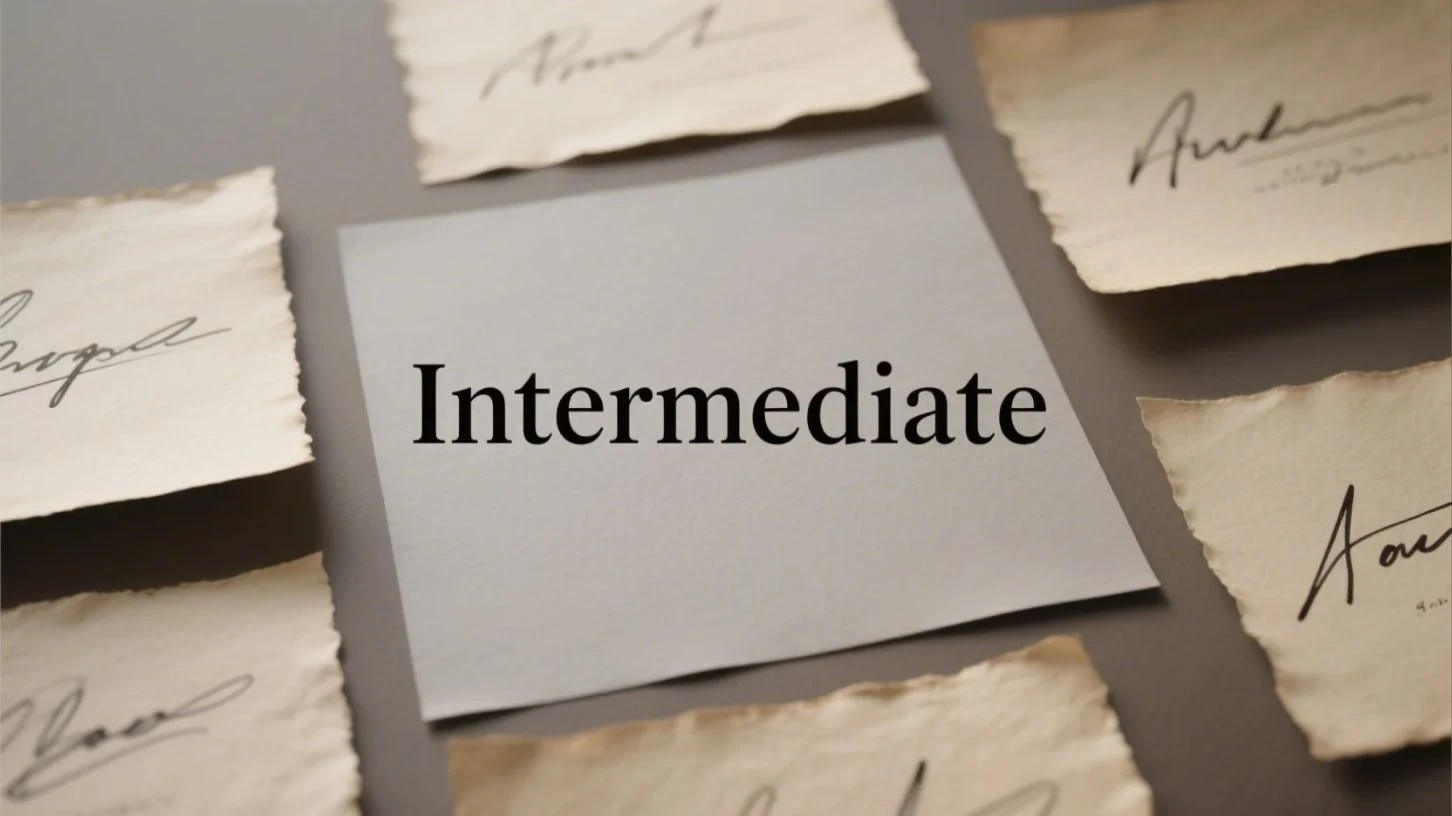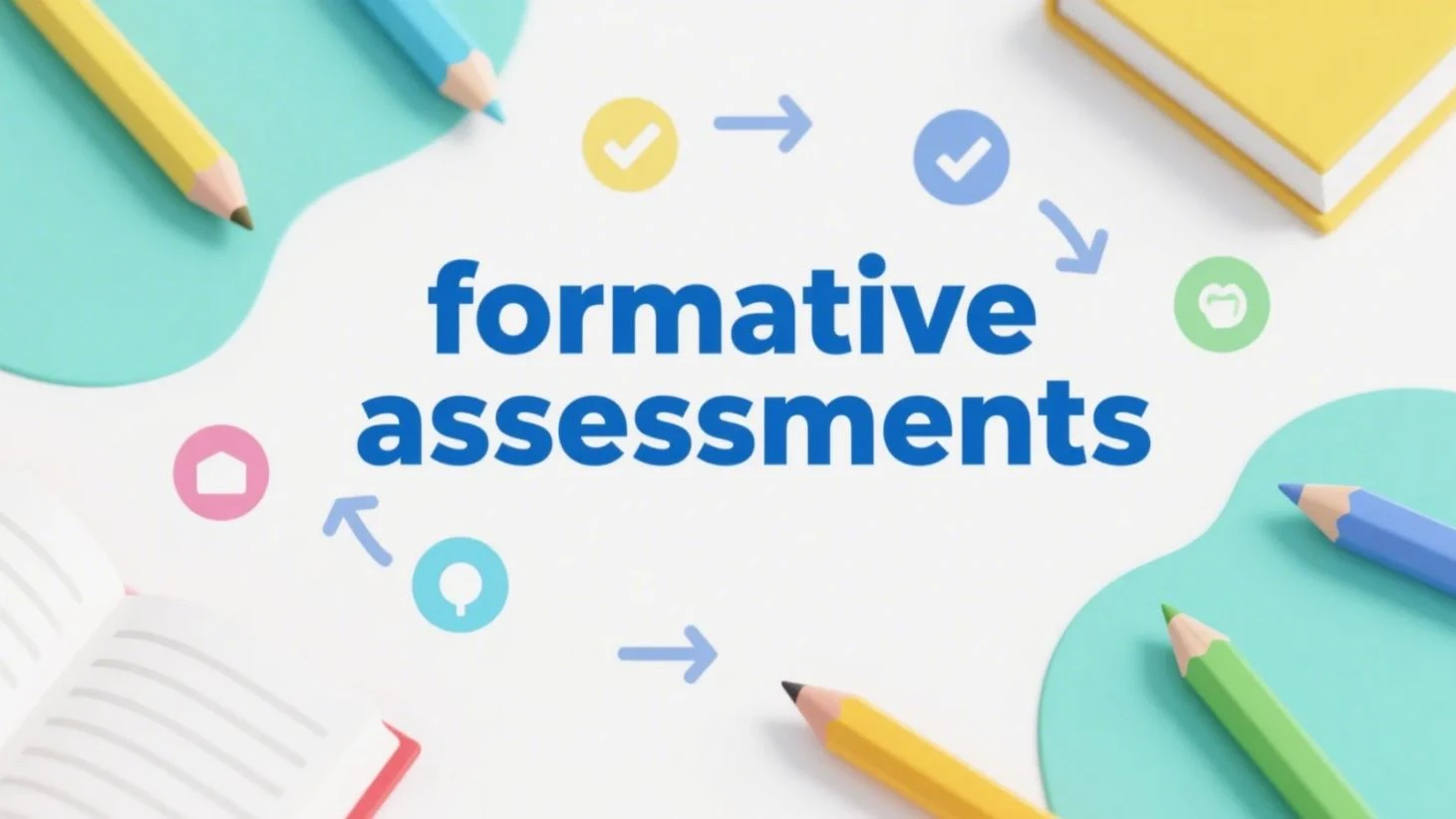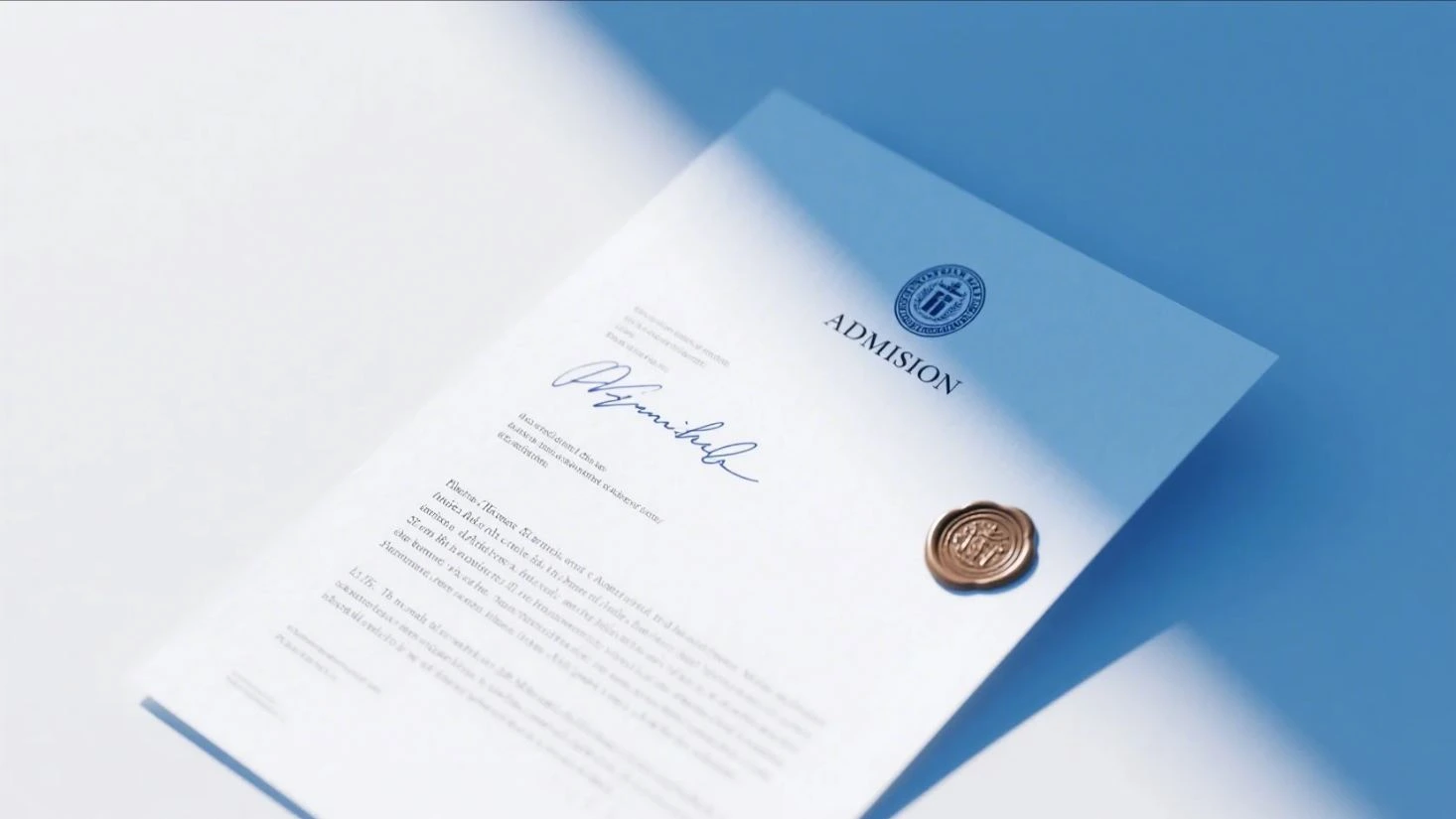Bài viết này tổng hợp 100 từ vựng và cụm từ tiếng Anh quan trọng liên quan đến ngành nghề Quản lý dự án xây dựng công trình thủy điện. Những thuật ngữ chuyên ngành này sẽ giúp bạn nắm vững kiến thức chuyên môn, giao tiếp hiệu quả trong công việc, và nâng cao khả năng sử dụng tiếng Anh trong lĩnh vực này.
Từ vựng nghề Quản lý dự án xây dựng công trình thủy điện
- Hydropower Project Management – Quản lý dự án thủy điện
- Dam Construction – Xây dựng đập
- Hydroelectric Power Plant – Nhà máy điện thủy điện
- Water Flow Analysis – Phân tích dòng chảy nước
- Turbine Installation – Lắp đặt tuabin
- Reservoir Management – Quản lý hồ chứa
- Power Generation – Sản xuất điện
- Civil Engineering – Kỹ thuật dân dụng
- Hydrology Study – Nghiên cứu thủy văn
- Construction Planning – Lập kế hoạch xây dựng
- Site Surveying – Khảo sát hiện trường
- Project Feasibility Study – Nghiên cứu khả thi dự án
- Flood Control – Kiểm soát lũ
- Environmental Impact Assessment (EIA) – Đánh giá tác động môi trường
- Engineering Design – Thiết kế kỹ thuật
- Infrastructure Development – Phát triển cơ sở hạ tầng
- Safety Management – Quản lý an toàn
- Cost Estimation – Dự toán chi phí
- Project Scheduling – Lên lịch dự án
- Risk Management – Quản lý rủi ro
- Contract Management – Quản lý hợp đồng
- Resource Allocation – Phân bổ tài nguyên
- Quality Control – Kiểm soát chất lượng
- Construction Supervision – Giám sát xây dựng
- Hydraulic Engineering – Kỹ thuật thủy lực
- Turbine Testing – Kiểm tra tuabin
- Dam Safety – An toàn đập
- Permit Acquisition – Xin giấy phép
- Maintenance Planning – Lập kế hoạch bảo trì
- Water Resource Management – Quản lý tài nguyên nước
- Project Budgeting – Lập ngân sách dự án
- Energy Efficiency – Hiệu suất năng lượng
- Engineering Survey – Khảo sát kỹ thuật
- Contract Negotiation – Đàm phán hợp đồng
- Construction Materials – Vật liệu xây dựng
- Mechanical Systems – Hệ thống cơ khí
- Electrical Systems – Hệ thống điện
- Operational Testing – Kiểm tra hoạt động
- Site Development – Phát triển khu vực
- Civil Works – Công trình dân dụng
- Hydropower Plant Design – Thiết kế nhà máy thủy điện
- Water Intake Structure – Công trình lấy nước
- Flood Risk Assessment – Đánh giá rủi ro lũ
- Dam Design – Thiết kế đập
- Environmental Compliance – Tuân thủ môi trường
- Energy Production – Sản xuất năng lượng
- Infrastructure Maintenance – Bảo trì cơ sở hạ tầng
- Project Documentation – Hồ sơ dự án
- Sustainable Development – Phát triển bền vững
- Construction Safety – An toàn xây dựng
- Hydropower Efficiency – Hiệu suất thủy điện
- Flow Measurement – Đo lưu lượng nước
- Erosion Control – Kiểm soát xói mòn
- Regulatory Requirements – Các yêu cầu quy định
- Flood Management – Quản lý lũ
- Project Implementation – Thực hiện dự án
- Water Conservation – Bảo tồn nước
- Hydraulic Modeling – Mô hình hóa thủy lực
- Turbine Maintenance – Bảo trì tuabin
- Energy Storage – Lưu trữ năng lượng
- Floodplain Mapping – Lập bản đồ vùng lũ
- Construction Techniques – Kỹ thuật xây dựng
- Dam Monitoring – Giám sát đập
- Power Distribution – Phân phối điện
- Construction Budget – Ngân sách xây dựng
- Environmental Protection – Bảo vệ môi trường
- Project Evaluation – Đánh giá dự án
- Water Treatment – Xử lý nước
- Structural Integrity – Độ bền cấu trúc
- Safety Standards – Tiêu chuẩn an toàn
- Regulatory Compliance – Tuân thủ quy định
- Power Output – Công suất điện
- Site Preparation – Chuẩn bị hiện trường
- Construction Oversight – Giám sát xây dựng
- Energy Demand Forecasting – Dự báo nhu cầu năng lượng
- Cost Control – Kiểm soát chi phí
- Hydraulic Systems – Hệ thống thủy lực
- Construction Project Management – Quản lý dự án xây dựng
- Environmental Regulations – Quy định môi trường
- Power Plant Operations – Vận hành nhà máy điện
- Dam Construction Materials – Vật liệu xây dựng đập
- Hydropower Feasibility – Khả thi thủy điện
- Flood Protection Measures – Biện pháp bảo vệ lũ
- Site Analysis – Phân tích hiện trường
- Energy Generation – Tạo ra năng lượng
- Project Planning – Lập kế hoạch dự án
- Turbine Efficiency – Hiệu suất tuabin
- Water Supply Systems – Hệ thống cung cấp nước
- Operational Efficiency – Hiệu quả vận hành
- Construction Workflow – Quy trình xây dựng
- Structural Design – Thiết kế cấu trúc
- Hydropower Development – Phát triển thủy điện
- Construction Challenges – Thách thức xây dựng
- Energy Transmission – Truyền tải năng lượng
- Safety Protocols – Quy trình an toàn
- Project Coordination – Phối hợp dự án
- Water Flow Management – Quản lý dòng chảy nước
- Environmental Impact – Tác động môi trường
- Risk Assessment Plan – Kế hoạch đánh giá rủi ro
- Project Completion – Hoàn thành dự án
Bài viết sử dụng thuật ngữ trên
- Hydropower Project Management: Effective hydropower project management ensures timely completion and adherence to budget.
- Dam Construction: Dam construction requires careful planning and engineering to ensure structural integrity.
- Hydroelectric Power Plant: The hydroelectric power plant was designed to maximize energy production from the river.
- Water Flow Analysis: Accurate water flow analysis is crucial for determining the optimal location for a hydroelectric facility.
- Turbine Installation: Turbine installation must be performed with precision to ensure optimal performance.
- Reservoir Management: Reservoir management involves regulating water levels to balance power generation and environmental needs.
- Power Generation: The primary goal of the project is to increase power generation from renewable sources.
- Civil Engineering: Civil engineering expertise is essential for the design and construction of dam structures.
- Hydrology Study: A detailed hydrology study was conducted to predict the river’s behavior during different seasons.
- Construction Planning: Construction planning involves outlining the phases and timeline for the project.
- Site Surveying: Site surveying helps determine the most suitable location for the dam and associated infrastructure.
- Project Feasibility Study: The project feasibility study provided insights into the economic and technical viability of the hydroelectric plant.
- Flood Control: Implementing flood control measures is critical to protect surrounding areas from potential flood damage.
- Environmental Impact Assessment (EIA): An environmental impact assessment (EIA) was required to evaluate the potential effects of the project on local wildlife.
- Engineering Design: The engineering design team developed detailed blueprints for the dam and power generation systems.
- Infrastructure Development: Infrastructure development includes constructing access roads and facilities for the project.
- Safety Management: Safety management practices are essential to minimize risks on the construction site.
- Cost Estimation: Accurate cost estimation helps in budgeting and financial planning for the project.
- Project Scheduling: Project scheduling outlines the timeline for each phase of the construction process.
- Risk Management: Effective risk management identifies potential issues and prepares mitigation strategies.
- Contract Management: Contract management involves overseeing agreements with suppliers and contractors.
- Resource Allocation: Proper resource allocation ensures that materials and labor are used efficiently throughout the project.
- Quality Control: Quality control measures are implemented to ensure that construction meets the required standards.
- Construction Supervision: Construction supervision ensures that the project is built according to design specifications.
- Hydraulic Engineering: Hydraulic engineering is crucial for designing systems that manage water flow and pressure.
- Turbine Testing: Turbine testing verifies that each unit performs efficiently before being installed in the plant.
- Dam Safety: Regular inspections and maintenance are required to ensure dam safety and prevent failures.
- Permit Acquisition: Obtaining necessary permits is a critical step before beginning construction on the hydroelectric project.
- Maintenance Planning: Maintenance planning ensures that the facility remains operational and efficient over time.
- Water Resource Management: Water resource management involves balancing the needs of power generation with environmental conservation.
- Project Budgeting: Project budgeting involves estimating costs and managing finances throughout the construction phase.
- Energy Efficiency: Increasing energy efficiency reduces operational costs and environmental impact.
- Engineering Survey: An engineering survey is conducted to assess the suitability of the construction site.
- Contract Negotiation: Contract negotiation ensures that all parties agree on terms and conditions before work begins.
- Construction Materials: Selecting the right construction materials is essential for the durability and safety of the dam.
- Mechanical Systems: Mechanical systems, including turbines and pumps, are integral to the power generation process.
- Electrical Systems: Electrical systems manage the distribution of power generated by the hydroelectric plant.
- Operational Testing: Operational testing confirms that all systems function correctly before the plant becomes fully operational.
- Site Development: Site development includes clearing land and preparing it for construction activities.
- Civil Works: Civil works encompass all construction activities related to the dam and supporting infrastructure.
- Hydropower Plant Design: The hydropower plant design integrates various components to maximize efficiency and output.
- Water Intake Structure: The water intake structure channels water from the river into the turbines for power generation.
- Flood Risk Assessment: A flood risk assessment evaluates the potential for flooding and its impact on the surrounding area.
- Dam Design: The dam design process includes engineering calculations to ensure structural stability and safety.
- Environmental Compliance: Environmental compliance ensures that construction activities meet regulatory requirements.
- Energy Production: Energy production from the hydroelectric plant contributes significantly to the local power grid.
- Infrastructure Maintenance: Regular infrastructure maintenance is necessary to keep the dam and related systems in good working condition.
- Project Documentation: Project documentation includes all records and reports related to the construction and operation of the facility.
- Sustainable Development: Sustainable development practices are applied to minimize the environmental impact of the project.
- Construction Safety: Implementing construction safety measures helps prevent accidents and injuries on site.
- Hydropower Efficiency: Improving hydropower efficiency enhances the overall performance of the plant.
- Flow Measurement: Flow measurement instruments are used to monitor water flow rates and adjust operations accordingly.
- Erosion Control: Erosion control techniques prevent soil erosion around the construction site and downstream.
- Regulatory Requirements: Adhering to regulatory requirements ensures that the project complies with all legal standards.
- Flood Management: Flood management strategies are implemented to control water levels and mitigate flood risks.
- Project Implementation: Project implementation involves executing the construction plan and achieving project milestones.
- Water Conservation: Water conservation efforts are integrated into the project to preserve local water resources.
- Hydraulic Modeling: Hydraulic modeling helps predict how water flow will behave under different conditions.
- Turbine Maintenance: Routine turbine maintenance is essential to ensure long-term operational efficiency.
- Energy Storage: Energy storage systems are used to store excess power generated during peak production periods.
- Floodplain Mapping: Floodplain mapping provides information on areas prone to flooding and guides construction planning.
- Construction Techniques: Advanced construction techniques are employed to enhance the efficiency and safety of the project.
- Dam Monitoring: Continuous dam monitoring helps detect any potential issues and ensures structural integrity.
- Power Distribution: Power distribution systems manage the delivery of electricity from the plant to the grid.
- Construction Budget: Keeping track of the construction budget helps control costs and prevent overspending.
- Environmental Protection: Environmental protection measures are put in place to minimize the ecological impact of the project.
- Project Evaluation: Project evaluation assesses the success of the project and identifies areas for improvement.
- Water Treatment: Water treatment processes ensure that the water used in the facility meets quality standards.
- Structural Integrity: Ensuring structural integrity is vital for the safety and longevity of the dam.
- Safety Standards: Adhering to safety standards helps prevent accidents and ensures compliance with regulations.
- Regulatory Compliance: Regulatory compliance involves following all applicable laws and guidelines during construction.
- Power Output: Monitoring power output ensures that the plant operates efficiently and meets production goals.
- Site Preparation: Site preparation involves clearing and grading the land before construction begins.
- Construction Oversight: Construction oversight ensures that all work is performed according to design specifications and safety standards.
- Energy Demand Forecasting: Energy demand forecasting helps plan for future energy needs and adjust production levels.
- Cost Control: Cost control measures are implemented to keep the project within budget and prevent unnecessary expenses.
- Hydraulic Systems: Hydraulic systems are used to manage water flow and pressure within the plant.
- Construction Project Management: Construction project management involves coordinating all aspects of the project from start to finish.
- Environmental Regulations: Compliance with environmental regulations is necessary to protect natural resources and habitats.
- Power Plant Operations: Power plant operations include the day-to-day activities required to generate and distribute electricity.
- Dam Construction Materials: Selecting high-quality dam construction materials ensures durability and safety.
- Hydropower Feasibility: Assessing hydropower feasibility determines if the project is economically and technically viable.
- Flood Protection Measures: Implementing flood protection measures helps safeguard against potential flood damage.
- Site Analysis: Site analysis evaluates the characteristics of the location to ensure it is suitable for the project.
- Energy Generation: The energy generation capacity of the plant is a key factor in meeting local electricity needs.
- Project Planning: Project planning involves developing a detailed strategy for all phases of construction.
- Turbine Efficiency: Maximizing turbine efficiency increases the overall productivity of the power plant.
- Water Supply Systems: Water supply systems ensure a reliable source of water for the plant’s operations
- Operational Efficiency: Improving operational efficiency helps reduce costs and enhance the performance of the hydroelectric facility.
- Construction Workflow: Establishing an efficient construction workflow ensures that each task is completed in the proper sequence.
- Structural Design: The structural design of the dam must withstand environmental pressures and provide stability.
- Hydropower Development: Hydropower development focuses on harnessing water resources to generate clean energy.
- Construction Challenges: Addressing construction challenges promptly helps keep the project on track and within budget.
- Energy Transmission: Energy transmission systems deliver electricity from the power plant to end-users.
- Safety Protocols: Implementing safety protocols ensures the well-being of workers and compliance with safety regulations.
- Project Coordination: Project coordination involves managing various teams and resources to achieve project goals.
- Water Flow Management: Effective water flow management is critical for optimizing power generation and controlling flood risks.
- Environmental Impact: Assessing the environmental impact of the project helps mitigate negative effects on local ecosystems.
- Risk Assessment Plan: A risk assessment plan identifies potential issues and outlines strategies for managing them.
- Project Completion: Successful project completion involves finalizing construction, testing systems, and ensuring all objectives are met.
Bài tập
- Effective ________ ensures timely completion and adherence to budget.
- ________ requires careful planning and engineering to ensure structural integrity.
- The ________ was designed to maximize energy production from the river.
- Accurate ________ is crucial for determining the optimal location for a hydroelectric facility.
- ________ must be performed with precision to ensure optimal performance.
- ________ involves regulating water levels to balance power generation and environmental needs.
- The primary goal of the project is to increase ________ from renewable sources.
- ________ expertise is essential for the design and construction of dam structures.
- A detailed ________ was conducted to predict the river’s behavior during different seasons.
- ________ involves outlining the phases and timeline for the project.
- ________ helps determine the most suitable location for the dam and associated infrastructure.
- The ________ provided insights into the economic and technical viability of the hydroelectric plant.
- Implementing ________ measures is critical to protect surrounding areas from potential flood damage.
- An ________ was required to evaluate the potential effects of the project on local wildlife.
- The ________ team developed detailed blueprints for the dam and power generation systems.
- ________ includes constructing access roads and facilities for the project.
- ________ practices are essential to minimize risks on the construction site.
- Accurate ________ helps in budgeting and financial planning for the project.
- ________ outlines the timeline for each phase of the construction process.
- Effective ________ identifies potential issues and prepares mitigation strategies.
- ________ involves overseeing agreements with suppliers and contractors.
- Proper ________ ensures that materials and labor are used efficiently throughout the project.
- ________ measures are implemented to ensure that construction meets the required standards.
- ________ ensures that the project is built according to design specifications.
- ________ is crucial for designing systems that manage water flow and pressure.
- ________ verifies that each unit performs efficiently before being installed in the plant.
- Regular inspections and maintenance are required to ensure ________ and prevent failures.
- Obtaining necessary ________ is a critical step before beginning construction on the hydroelectric project.
- ________ ensures that the facility remains operational and efficient over time.
- ________ involves balancing the needs of power generation with environmental conservation.
- ________ involves estimating costs and managing finances throughout the construction phase.
- Increasing ________ reduces operational costs and environmental impact.
- An ________ is conducted to assess the suitability of the construction site.
- ________ ensures that all parties agree on terms and conditions before work begins.
- Selecting the right ________ is essential for the durability and safety of the dam.
- ________, including turbines and pumps, are integral to the power generation process.
- ________ manage the distribution of power generated by the hydroelectric plant.
- ________ confirms that all systems function correctly before the plant becomes fully operational.
- ________ includes clearing land and preparing it for construction activities.
- ________ encompasses all construction activities related to the dam and supporting infrastructure.
- The ________ integrates various components to maximize efficiency and output.
- The ________ channels water from the river into the turbines for power generation.
- A ________ evaluates the potential for flooding and its impact on the surrounding area.
- The ________ process includes engineering calculations to ensure structural stability and safety.
- ________ ensures that construction activities meet regulatory requirements.
- The ________ from the hydroelectric plant contributes significantly to the local power grid.
- Regular ________ is necessary to keep the dam and related systems in good working condition.
- ________ includes all records and reports related to the construction and operation of the facility.
- ________ practices are applied to minimize the environmental impact of the project.
- Implementing ________ helps prevent accidents and injuries on site.
- Improving ________ enhances the overall performance of the plant.
- ________ instruments are used to monitor water flow rates and adjust operations accordingly.
- ________ techniques prevent soil erosion around the construction site and downstream.
- Adhering to ________ ensures that the project complies with all legal standards.
- ________ strategies are implemented to control water levels and mitigate flood risks.
- ________ involves executing the construction plan and achieving project milestones.
- ________ efforts are integrated into the project to preserve local water resources.
- ________ helps predict how water flow will behave under different conditions.
- Routine ________ is essential to ensure long-term operational efficiency.
- ________ systems are used to store excess power generated during peak production periods.
- ________ provides information on areas prone to flooding and guides construction planning.
- Advanced ________ are employed to enhance the efficiency and safety of the project.
- Continuous ________ helps detect any potential issues and ensures structural integrity.
- ________ manage the delivery of electricity from the plant to the grid.
- Keeping track of the ________ helps control costs and prevent overspending.
- ________ measures are put in place to minimize the ecological impact of the project.
- ________ assesses the success of the project and identifies areas for improvement.
- ________ processes ensure that the water used in the facility meets quality standards.
- Ensuring ________ is vital for the safety and longevity of the dam.
- Adhering to ________ helps prevent accidents and ensures compliance with regulations.
- ________ involves following all applicable laws and guidelines during construction.
- Monitoring ________ ensures that the plant operates efficiently and meets production goals.
- ________ involves clearing and grading the land before construction begins.
- ________ ensures that all work is performed according to design specifications and safety standards.
- ________ helps plan for future energy needs and adjust production levels.
- ________ measures are implemented to keep the project within budget and prevent unnecessary expenses.
- ________ are used to manage water flow and pressure within the plant.
- ________ involves coordinating all aspects of the project from start to finish.
- Compliance with ________ is necessary to protect natural resources and habitats.
- ________ includes the day-to-day activities required to generate and distribute electricity.
- Selecting high-quality ________ ensures durability and safety.
- Assessing ________ determines if the project is economically and technically viable.
- Implementing ________ helps safeguard against potential flood damage.
- ________ evaluates the characteristics of the location to ensure it is suitable for the project.
- The ________ capacity of the plant is a key factor in meeting local electricity needs.
- ________ involves developing a detailed strategy for all phases of construction.
- Maximizing ________ increases the overall productivity of the power plant.
- ________ ensure a reliable source of water for the plant’s operations.
- Improving ________ helps reduce costs and enhance the performance of the hydroelectric facility.
- Establishing an efficient ________ ensures that each task is completed in the proper sequence.
- The ________ of the dam must withstand environmental pressures and provide stability.
- ________ focuses on harnessing water resources to generate clean energy.
- Addressing ________ promptly helps keep the project on track and within budget.
- ________ systems deliver electricity from the power plant to end-users.
- Implementing ________ ensures the well-being of workers and compliance with safety regulations.
- ________ involves managing various teams and resources to achieve project goals.
- Effective ________ is critical for optimizing power generation and controlling flood risks.
- Assessing the ________ of the project helps mitigate negative effects on local ecosystems.
- A ________ identifies potential issues and outlines strategies for managing them.
- Successful ________ involves finalizing construction, testing systems, and ensuring all objectives are met.
Đáp án
- Hydropower Project Management
- Dam Construction
- Hydroelectric Power Plant
- Water Flow Analysis
- Turbine Installation
- Reservoir Management
- Power Generation
- Civil Engineering
- Hydrology Study
- Construction Planning
- Site Surveying
- Project Feasibility Study
- Flood Control
- Environmental Impact Assessment (EIA)
- Engineering Design
- Infrastructure Development
- Safety Management
- Cost Estimation
- Project Scheduling
- Risk Management
- Contract Management
- Resource Allocation
- Quality Control
- Construction Supervision
- Hydraulic Engineering
- Turbine Testing
- Dam Safety
- Permit Acquisition
- Maintenance Planning
- Water Resource Management
- Project Budgeting
- Energy Efficiency
- Engineering Survey
- Contract Negotiation
- Construction Materials
- Mechanical Systems
- Electrical Systems
- Operational Testing
- Site Development
- Civil Works
- Hydropower Plant Design
- Water Intake Structure
- Flood Risk Assessment
- Dam Design
- Environmental Compliance
- Energy Production
- Infrastructure Maintenance
- Project Documentation
- Sustainable Development
- Construction Safety
- Hydropower Efficiency
- Flow Measurement
- Erosion Control
- Regulatory Requirements
- Flood Management
- Project Implementation
- Water Conservation
- Hydraulic Modeling
- Turbine Maintenance
- Energy Storage
- Floodplain Mapping
- Construction Techniques
- Dam Monitoring
- Power Distribution
- Construction Budget
- Environmental Protection
- Project Evaluation
- Water Treatment
- Structural Integrity
- Safety Standards
- Regulatory Compliance
- Power Output
- Site Preparation
- Construction Oversight
- Energy Demand Forecasting
- Cost Control
- Hydraulic Systems
- Construction Project Management
- Environmental Regulations
- Power Plant Operations
- Dam Construction Materials
- Hydropower Feasibility
- Flood Protection Measures
- Site Analysis
- Energy Generation
- Project Planning
- Turbine Efficiency
- Water Supply Systems
- Operational Efficiency
- Construction Workflow
- Structural Design
- Hydropower Development
- Construction Challenges
- Energy Transmission
- Safety Protocols
- Project Coordination
- Water Flow Management
- Environmental Impact
- Risk Assessment Plan
- Project Completion











